Each season in Japan is deeply connected to food culture, with traditional dishes reflecting seasonal ingredients and customs. Many of these foods are linked to annual events and celebrations, while others have evolved with modern influences.
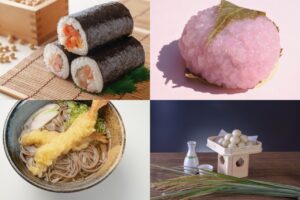
January – New Year’s Celebrations and Health Traditions
Food: Osechi ryori (black beans, kazunoko (herring roe), datemaki (sweet omelet), kombu rolls, kuri-kinton (sweet chestnut paste), red and white kamaboko), ozoni (New Year’s soup with rice cakes), nanakusa-gayu (seven-herb rice porridge)
Culture: Osechi ryori is eaten to wish for happiness and prosperity in the new year. Ozoni varies by region, with different soup bases and toppings. On January 7th, nanakusa-gayu is eaten to give the stomach a break from holiday feasts.
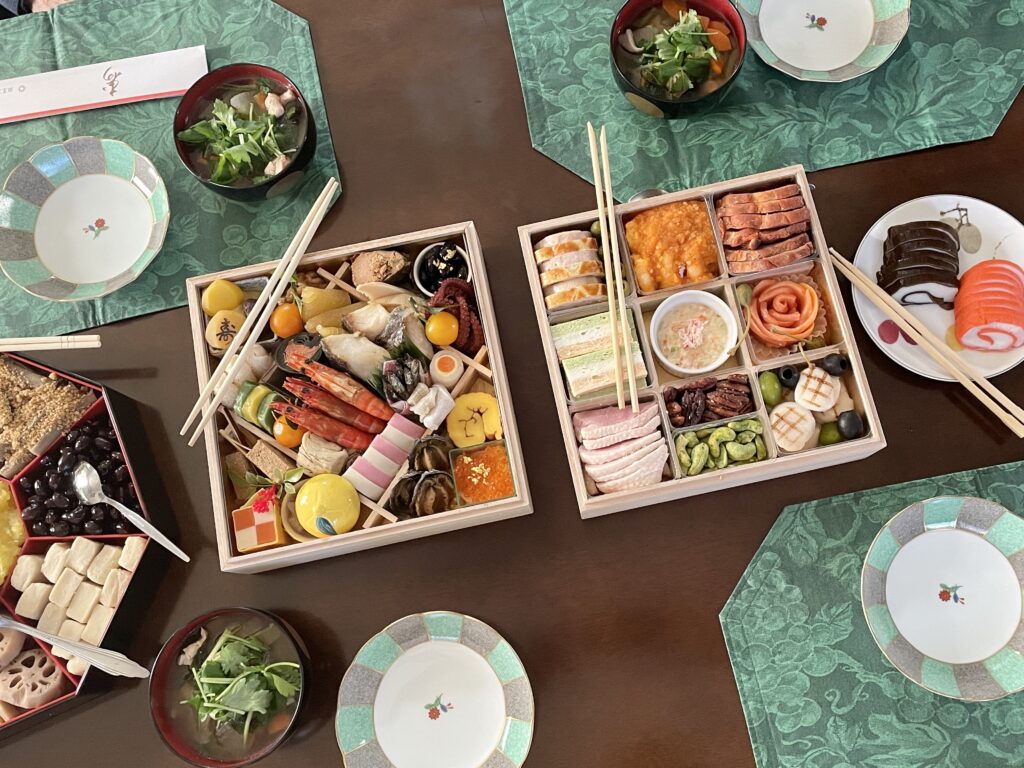
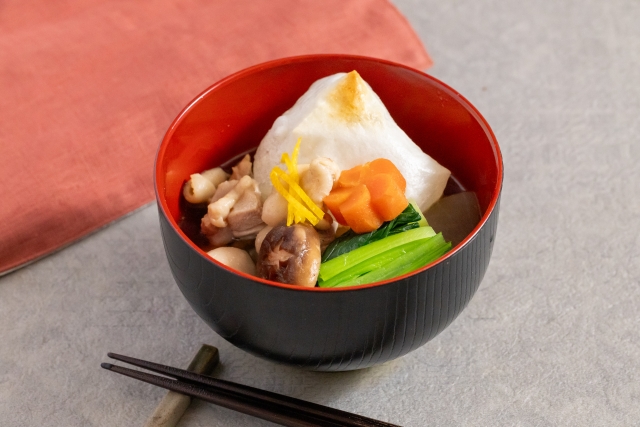
February – Setsubun, Valentine’s Day, and Warming Winter Foods
Food: Ehomaki (thick sushi roll), fukumame (roasted soybeans), grilled sardines, kenchin-jiru (hearty vegetable soup), chocolate (homemade chocolates, nama chocolate, truffles, chocolate cake, etc.)
Culture: During Setsubun, people throw roasted soybeans to ward off evil spirits and eat ehomaki in silence while facing the year’s lucky direction. Grilled sardines are also used to keep bad luck away. On Valentine’s Day, it is common for women to give chocolates to men, with different types such as honmei choco (romantic interest) and giri choco (obligatory gift). Recently, high-end chocolates and self-gifting (jibun choco) have become more popular.
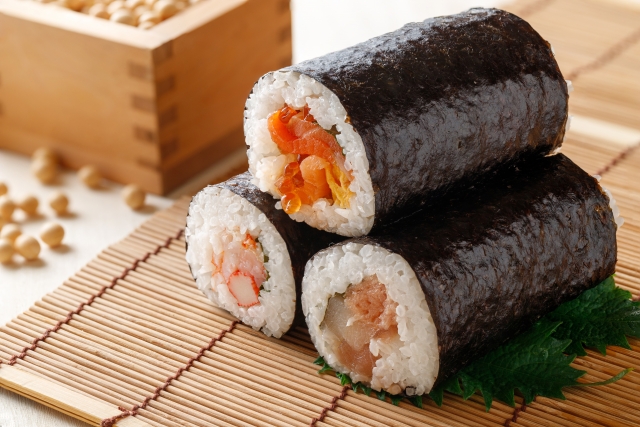
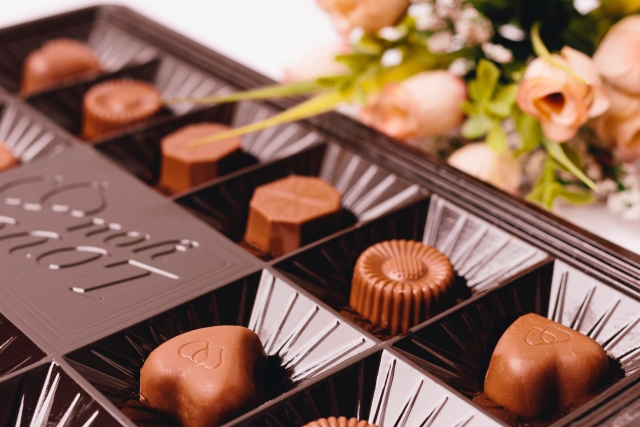
March – Hinamatsuri and the Arrival of Spring
Food: Hina-arare (sweet rice crackers), chirashi sushi, clam soup, hishi-mochi (layered rice cakes), nanohana (rapeseed blossom) dishes, sakura mochi
Culture: Hinamatsuri (Girls’ Day) is celebrated with festive foods symbolizing health and happiness for girls. Seasonal ingredients like rapeseed blossoms and cherry blossoms mark the beginning of spring.
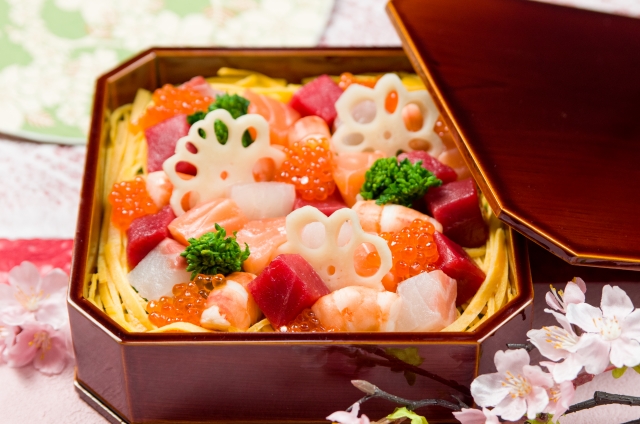
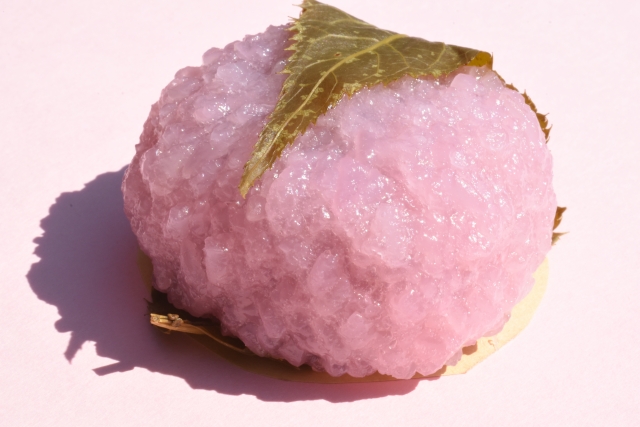
April – Hanami (Cherry Blossom Viewing) and Spring Delicacies
Food: Hanami dango (colorful rice dumplings), sakura mochi, takenoko gohan (bamboo shoot rice), tempura of spring vegetables, hanami bento, strawberry desserts
Culture: During the cherry blossom season, people enjoy picnics under the trees with homemade or store-bought bentos. Fresh bamboo shoots and spring vegetables become widely available.
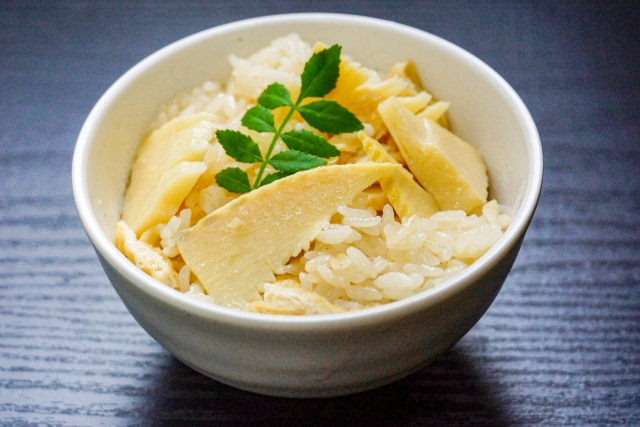
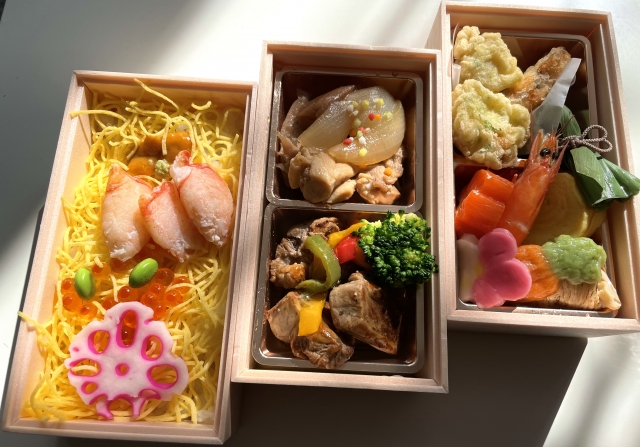
May – Children’s Day and Early Summer Tastes
Food: Kashiwa mochi (oak leaf-wrapped rice cakes), chimaki (sweet or savory rice dumplings), fava beans, katsuo tataki (seared bonito), shincha (first flush green tea)
Culture: On May 5th, families celebrate Boys’ Day (Kodomo no Hi) by eating kashiwa mochi, symbolizing strong family bonds. The season also brings fresh green tea and the first bonito catches.
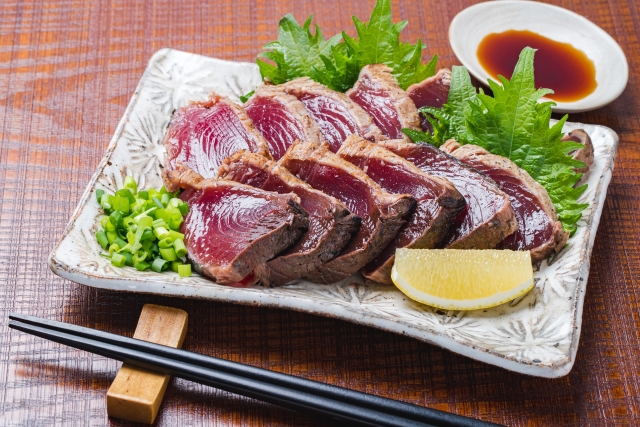
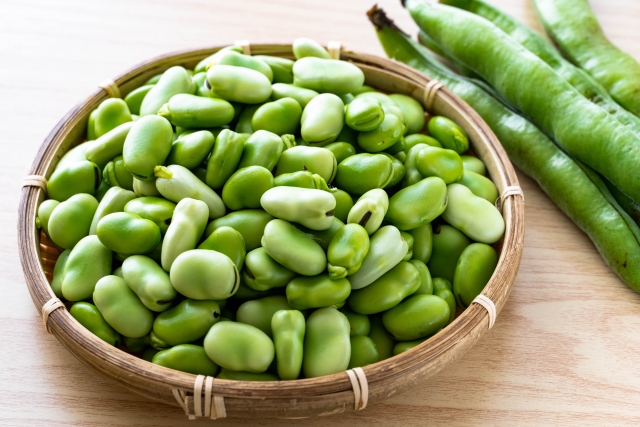
June – Nagoshi no Harae (Mid-Year Purification) and Plum Season
Food: Minazuki (rice cakes with red beans), umeboshi (pickled plums), plum juice, grilled sweetfish (ayu), chilled udon
Culture: On June 30th, people eat minazuki to ward off misfortune for the rest of the year. Many households prepare pickled plums or plum wine as ume (Japanese plums) are harvested.
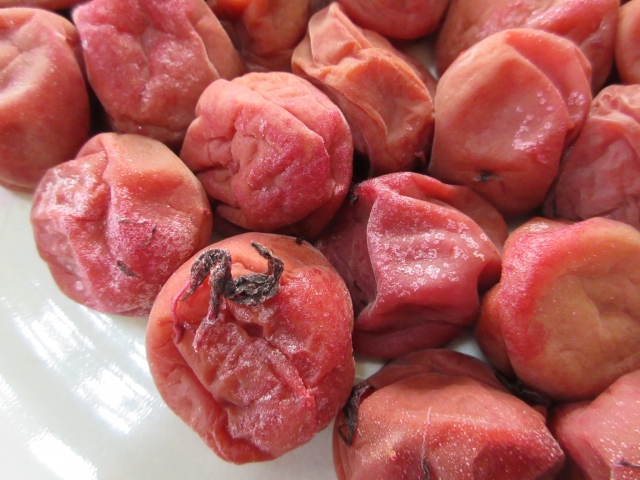
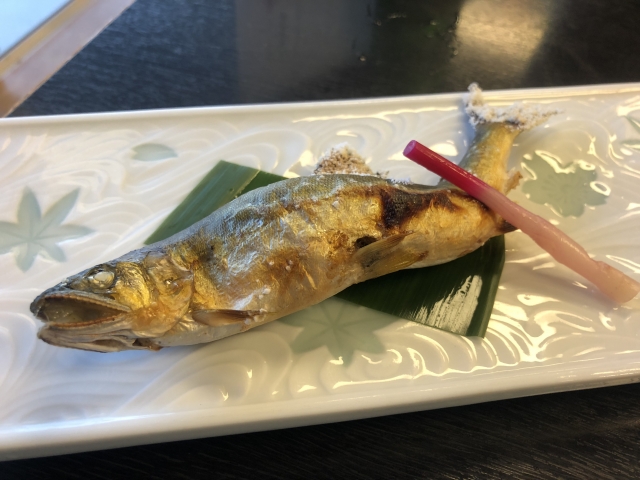
July – Tanabata and Refreshing Summer Foods
Food: Somen (thin cold noodles), Tanabata jelly, unagi kabayaki (grilled eel), kakigori (shaved ice), tokoroten (agar jelly noodles), lightly pickled cucumbers and tomatoes
Culture: On Tanabata, people write wishes on strips of paper and eat somen, a tradition linked to weaving star legends. During the midsummer heat, refreshing foods like shaved ice and pickled vegetables become popular.
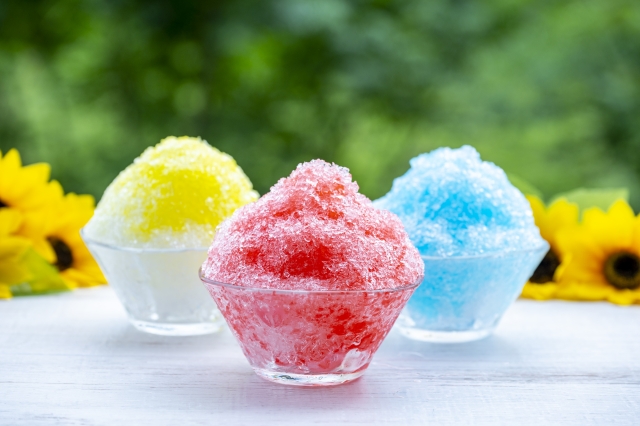
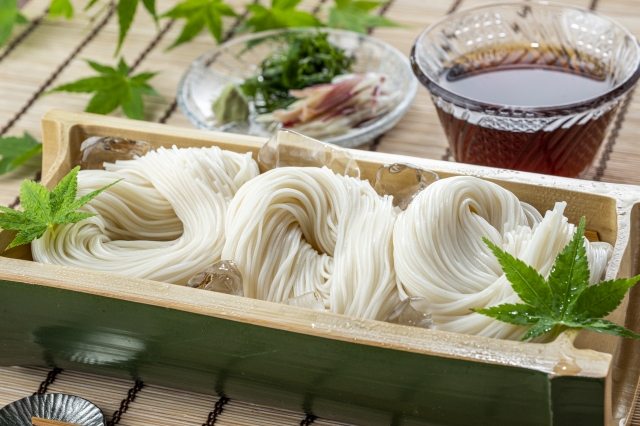
August – Obon and Classic Summer Treats
Food: Shojin ryori (Buddhist vegetarian cuisine such as simmered vegetables and sesame tofu), ohagi (sweet rice balls), watermelon, corn on the cob, hiyashi chuka (cold noodle salad)
Culture: Obon is a time for honoring ancestors, with many families preparing simple vegetarian dishes. Watermelon splitting (suikawari) and cold noodle dishes help combat the summer heat.
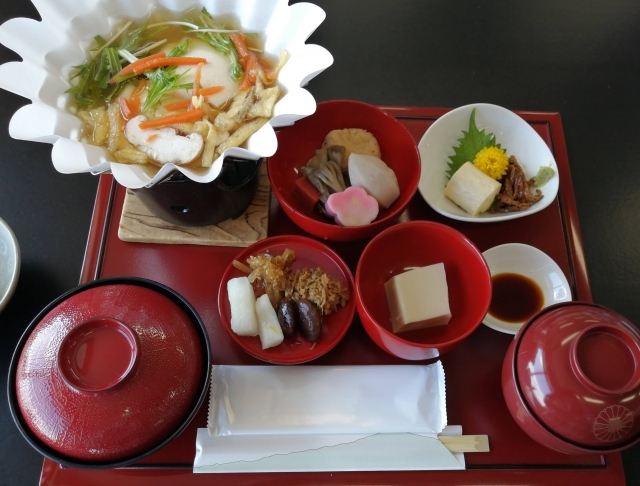
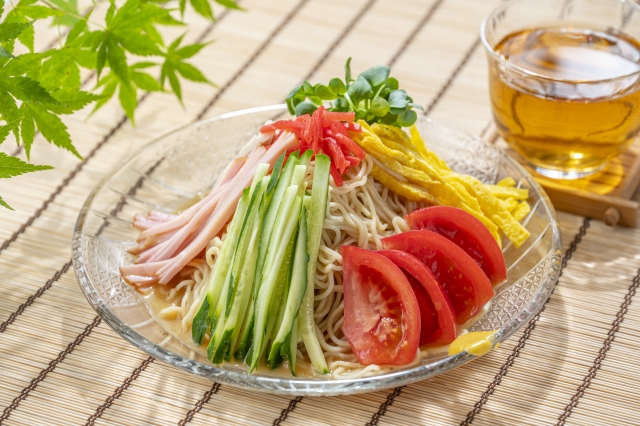
September – Autumn Harvest and Tsukimi (Moon Viewing)
Food: Tsukimi dango (moon-viewing rice dumplings), kuri gohan (chestnut rice), grilled pacific saury, matsutake rice, grapes, pears, sweet potato dishes
Culture: The Mid-Autumn Festival (Chushu no Meigetsu) is celebrated by offering tsukimi dango to the full moon. Autumn flavors like chestnuts, mushrooms, and sweet potatoes become seasonal favorites.
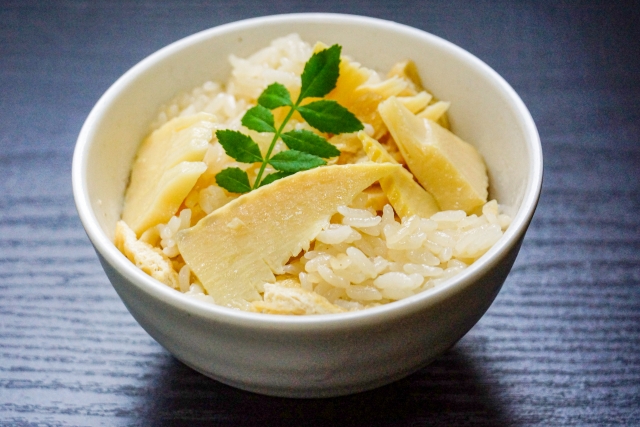
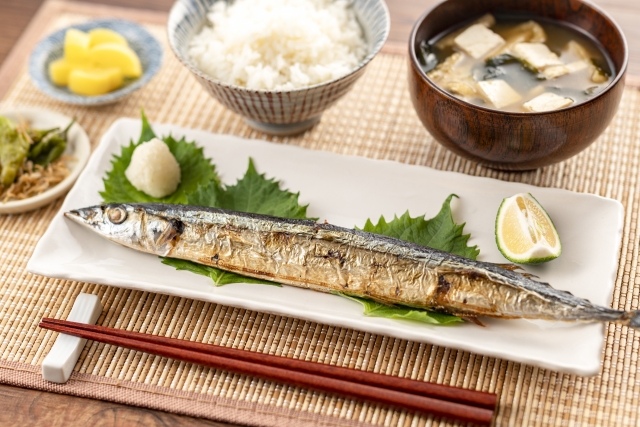
October – Halloween and Fall Flavors
Food: Pumpkin dishes (pumpkin soup, simmered pumpkin), sweet potato desserts, roasted chestnuts, freshly harvested japanese rice, mushroom dishes
Culture: Halloween has become widely popular in Japan, with many themed sweets and pumpkin-based dishes appearing in stores. Fall is also a time for enjoying roasted chestnuts and fresh mushrooms.
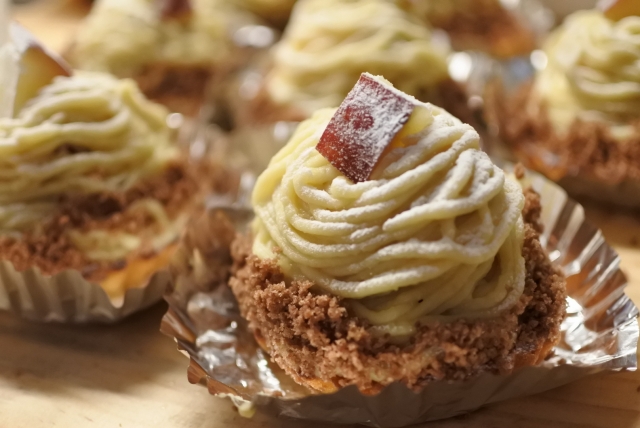
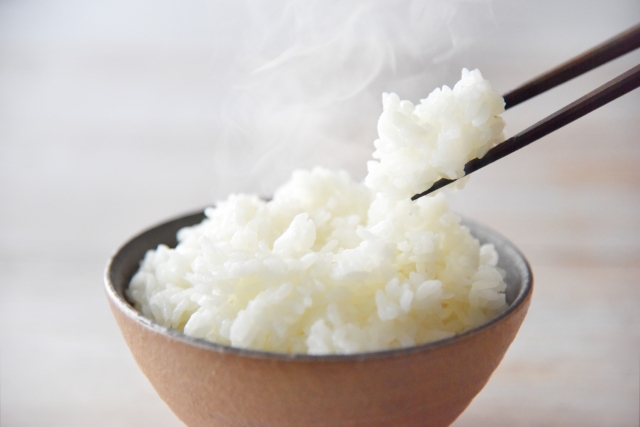
November – Shichi-Go-San and New Soba Season
Food: Chitose ame (long red-and-white candy), sekihan (red rice with azuki beans), freshly harvested soba noodles, hot pot dishes, persimmons, apples, grilled smelt fish (shishamo)
Culture: Shichi-Go-San is a rite of passage for children aged 3, 5, and 7, celebrated with chitose ame for longevity. November also marks the beginning of the new soba season, and hot pot dishes become popular as temperatures drop.
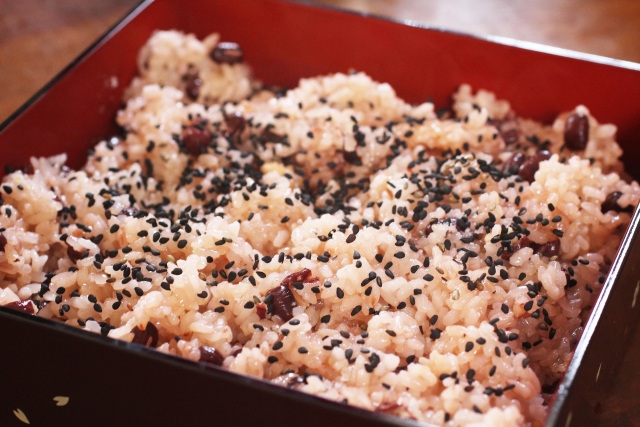
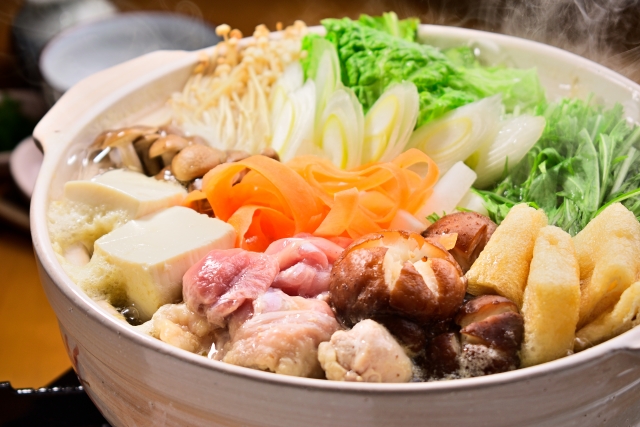
December – Winter Solstice and Year-End Festivities
Food: Pumpkin dishes, azuki-gayu (red bean porridge), yuzu-infused foods, Christmas cake, fried chicken, osechi preparations, toshikoshi soba (New Year’s Eve soba)
Culture: On the winter solstice, eating pumpkin and soaking in a yuzu bath are believed to prevent illness. Christmas in Japan is often celebrated with a strawberry shortcake and fried chicken, a tradition popularized by KFC. At year-end, toshikoshi soba is eaten to symbolize letting go of hardships from the past year.
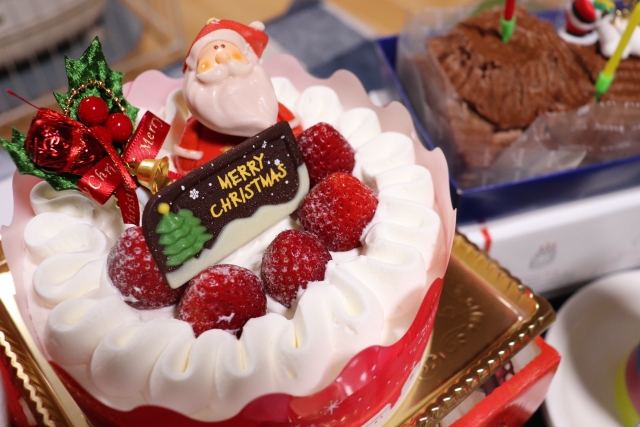
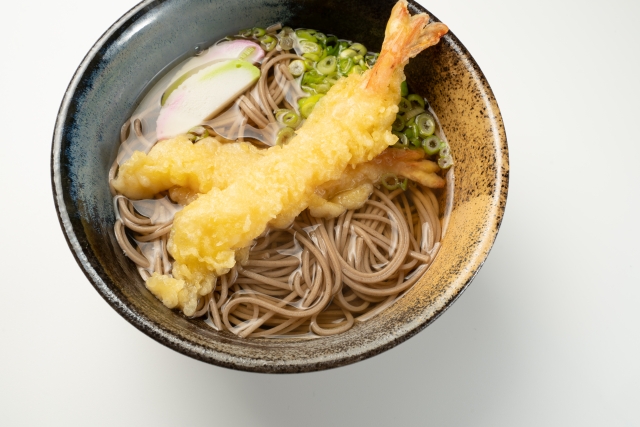
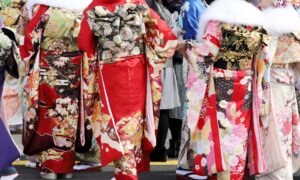
Comments